A chief executive who reschedules meetings for hands-on fieldwork to help clients is not common. Frank Foti of the Telos Alliance does it from his strong passion for radio.
After revealing the long-time secret audio processing of Z100, we now talk about the current practices in on-air sound, and upcoming innovations in radio processing. People with a digital device can soon determine how they like a station to sound: “If a listener wants to undo processing or shape it differently, he can.”
“You can make a radio station
sound amazing”
Combining signal loudness & quality
Apart from which audio processor a radio station is using – or which combination of devices, as far as that’s necessary these days – what’s essential for a great on-air sound?
“I can’t tell you how many times I’ve visited stations who said: our quality needs to be the best, even if the other guys sound louder. So we make it sound great. Every time, at the end of the day, they’ll ask: can you make it a little louder? The competitive level is a psychological thing in the minds of radio broadcasters. So my goal has always been to be the loudest, or as loud as anyone else on the dial, but sound better. By that, I mean: well-defined bass, nice & clear voices, high frequencies that don’t sound like smashing glass, and music that doesn’t sound overly dense.”
 Ensuring competitive output levels
Ensuring competitive output levels
Many listeners might adjust the volume to their taste anyway, right after tuning in – so just how important is loudness really?
“I agree. When I say that our goal is being competitive, that’s driven by what our customers want. If you switch from one station to another and the level drops a huge amount, it might be a reason of concern. But if it’s 1 dB or so, I don’t think listeners will really care.”
Maintaining all airchain elements
Could it also be the other way around? That people become fatigued after listening to a giant ‘sinus with a flat roof’ for 10 minutes – and tune out?
“That’s true. There have been times when I went to a radio market, driving from the airport with a rental car and listening to the station I would visit, thinking: man – whatever they use, it’s awful. Then I go in and see that it’s our equipment! A lot comes down to how it’s set up, and to everything else in the facility. If you’re playing MP3 files at a low bit rate and crank up the processing, you’re gonna’ have problems. A great on-air sound is more than the audio processor; it’s everything from your source material to your broadcast antenna. If there’s a weak link, it’s probably heard on air. But if you have it all working as best as possible, you can make a radio station sound amazing.”
“A great on-air sound
is more than the audio processor”
“Programmers are very conscious to know
that their watermark signal is robust”
Repairing damaged audio upstream
While high-quality source material is key, a common problem is the huge dynamic range compression of today’s hit music: “The amount of clipping in the audio mastering process is crazy. If you would connect the output of a CD player to an oscilloscope, you’ll see flat-topped audio waves.” Omnia therefore includes an ‘undo’ function for clipping in its products, using a de-clipper that is licensed from Hans van Zutphen of the Dutch company Sound Audio Processing. “The idea is to make source material sound better before it gets into the main section of the processor. We can actually unclip material that’s been heavily clipped in the mastering process, for a better on-air sound – especially of the bass, where they usually do the most clipping.” [See also our interview with Omnia.9 designer Leif Claesson]
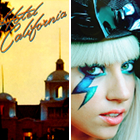 Adjusting processing to dynamics
Adjusting processing to dynamics
How do you handle a segue like from Hotel California to Lady Gaga?
“The AGC determines if the incoming signal has a lot of dynamic range, like Hotel California would compared to something Lady Gaga may have done. The processor can change algorithms, and behave more aggressively with Hotel California than with a Lady Gaga song. If everything is set up correctly, you should be able to get a consistent sound.”
Keeping PPM tones detectable
What kind of audio processing questions do you get from program directors in a PPM world?
“Programmers are very conscious to know that their audio watermark is as robust as possible. Our division 25-Seven Systems introduced a product called Voltair. It helps to better monitor PPM tones, making sure that the 10 watermark tones are being injected as they should. We created a patch point in the Omnia.11 to insert the PPM encoder in between the multiband AGC and the multiband limiting, so you’ll benefit from the AGC action on the PPM signal. Stuff like that does make a difference.”
“Like an ammeter
where the needle doesn’t move”
Respecting local broadcast rules
Do you see differences in how sound processing is being used in various parts of the world?
“Many European countries have adopted the American model. Some have done it a bit better. France is very competitive with processing; so is the UK. Other countries have to adhere to the ITU BS.412 multiplex power standard, which affects the loudness aspect quite a bit. Where there’s still a lot of state broadcasting and government involvement, like in Germany, Austria, Switzerland and Sweden, they look at things differently. They want controlled peak modulation; limited MPX power; clean & consistent audio from content source to content source. In other countries, they’re still learning.”
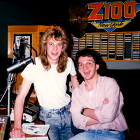 Learning from foreign markets
Learning from foreign markets
Here in Holland, jocks were taping Z100 – and copying everything, haha.
“You have lot of great radio! I went to visit many good stations. There was a fellow with Radio Veronica, Jeroen van Inkel. Great guy! Scott would have him on as a guest on the show, and they would hang out for days. He soaked up as much as he could about Z100 and American radio, and I know he went on to become extremely successful.”
Prioritizing audio processing adjustments
Yes, he and his buddy Adam Curry had a very popular Friday night show for Veronica on Radio 3 (now NPO 3FM) in the Netherlands in the mid-1980s. It was based on the Z Morning Zoo. Curry then went back to the States to become a famous MTV host and Z100 jock. Van Inkel became very successful in Holland, where he introduced the American radio sound, which was a revolution for Dutch radio. Getting back to processing: which mistakes do you see happen most of the time?
“Cranking it up too much – like 15 dB compression, 15 dB limiting, a clipper cranked all the way up, and a modulation monitor that looks like an ammeter where the needle doesn’t move… That’s loud, but doesn’t sound good!” Another classic is changing too much too quickly. If you want to improve your processing on several levels (e.g. more consistency, more loudness, more bass), Foti’s advice is to prioritize. So work on one thing first until you reached your primary goal: “There are so many variables in adjusting processing. If you work on different things at once, you’ll never know what made it better or worse in the end. That’s no different today then it was in 1983 at Z100.”
“Processing for those media
is totally different”
Adapting to local markets
Which radio station do you currently find a role model in terms of the best larger-than-life sound?
“There’s a lot of ‘em, but if I name one station and don’t name the others, somebody’s gonna’ be upset. A lot is based on what the market is looking for.” While he was working at WHTZ – ‘the new way to spell hits in New York’ – owner Malrite Communications launched another CHR, in Philadelphia. “The PD wanted a Z100 sound, so we bought all the equipment, and put it on the air. He was like: ‘wow – that’s way over the top!’ Philly has a different reference than New York.”
 Using same setups differently
Using same setups differently
Have you also been involved in Pirate Radio KQLZ / Los Angeles?
“Yeah, when Scott launched Pirate, I did the processing. It was easy, because LA was very under-processed. Some guys, especially at KIIS-FM, said: ‘man – you sound way too heavy!’ It basically was the Z100 airchain, but nothing compared to what we had to do in New York. During the late 1980s and early 90s, New York and Paris were the most heavy-processed markets.”
Transmitting audio processing metadata
I believe they still are, haha. How do you see the future of radio broadcasting and audio processing?
“There will always be radio transmission, and broadcasters will always want to sound as best and loud as possible, but we do see a paradigm shift. Radio is moving towards mobile & streaming audio. Processing for those media is totally different.” Digital radio consumers could make their station sound like they want to. “We can send along metadata on how the audio has been adjusted. If a listener wants to undo processing or it shape differently, he can.” Digital allows radio stations to offer listeners several different presets, and processor manufacturers to further improve the sound: “Digital streaming requires delay, which gives a processor more time to decide how to treat the incoming signal.” That’s not inconvenient for presenters? “Because of HD Radio here in America, audio is delayed for 10 seconds; allowing the data buffer to catch up. So we have a separate, low-delay processed output for a jock to simulate on-air monitoring.”
“A radio station has its own soul”
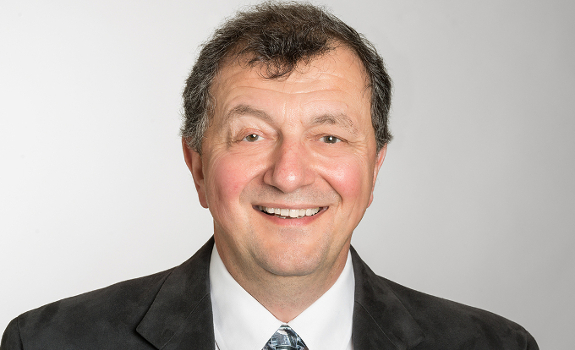
Omnia founder Frank Foti says he loves the good vibe inside a radio station (photo: Telos Alliance)
Facilitating radio network broadcasts
Do you see changes in how radio corporations invest in product innovation?
“We talked about France before, where you have networks like NRJ who control all these satellite outlets throughout the country. In Marseille they may have a small outlet or local news, but everything’s controlled from Paris. We now see that happen in America, with less and less live & local radio. When I’m in the basement, working on my model railroad, I enjoy to have the radio on. Every third or fourth song, a disc jockey would come on and say: ‘Monday evening here in Cleveland, the weather’s good, and our local baseball team won tonight!’ Stuff like that is going away. To me that is sad. It’s radio’s reaction to competing with Pandora. They figured: if we spend less on people and facilities, we can try to remain competitive. For us as a company there’s business, as we have technology for audio & control over IP.”
 Leading a dedicated team
Leading a dedicated team
From Chief Engineer to CEO – do you have anything else to wish for?
“You know, I’m very fortunate. I don’t have a college degree; I taught myself and worked hard. In 1978, I thought I’d work at WMMS until I was 65, and play Bruce Springsteen’s Born To Run at 5:55 every Friday! I have my health and a great team. I now focus on the big picture, and on some technology where I feel I can make a difference.”
Staying tuned to passion
Do you still visit radio stations, and work on their sound from time to time?
“Day-to-day activities for The Telos Alliance keep me extremely busy, but I’m lucky that I still get to do some processing development. When Scott announced his ‘retirement’ from WPLJ early 2014, I thought: ‘no way you’re gonna’ retire’, and emailed him. He answered: ‘I ain’t done!’ Ten days later, he’s in the morning at CBS-FM, calls me up and says: the station sounds good, but doesn’t have that magic feel. I said: Scott, I’ll be there on Wednesday! I cleared out a couple of days, and went to New York. So every once in a while I get a chance to go out in the field. Radio has an energy that is very healthy, and very infectious. Everyone comes together for a common goal. A radio station has its own soul, and I like connecting with that.”

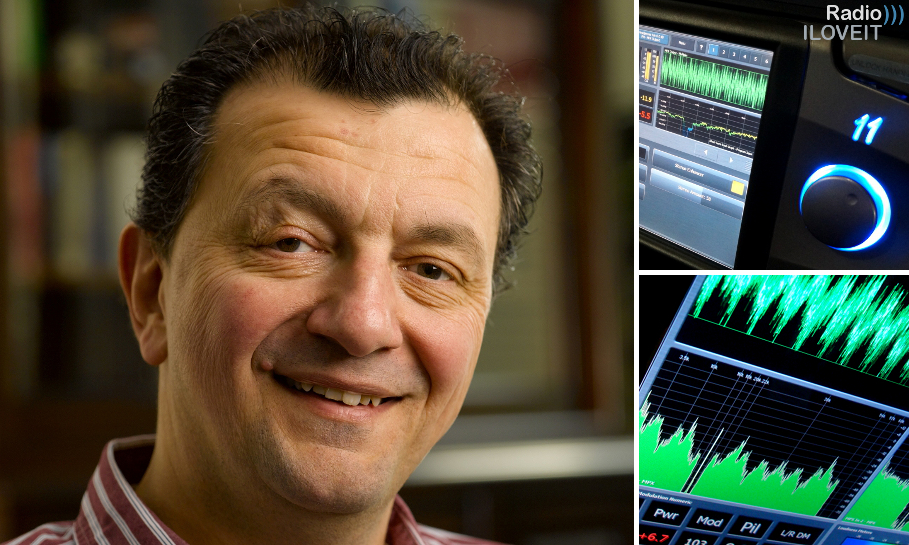
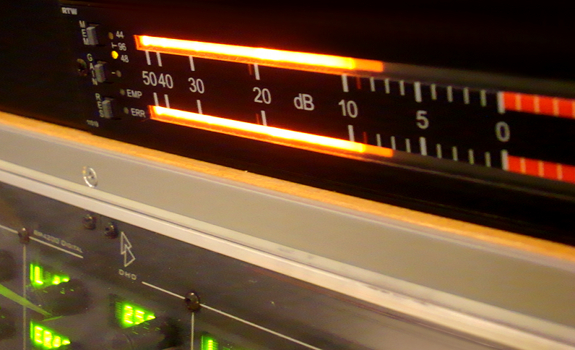
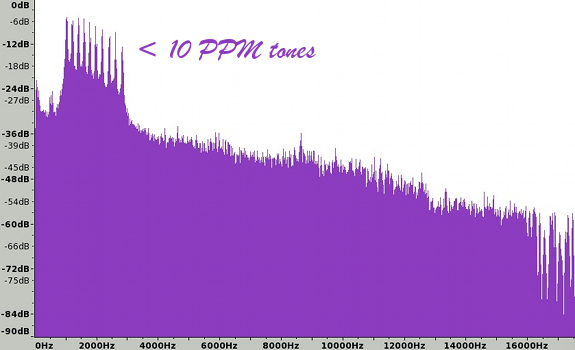






Add Your Comment